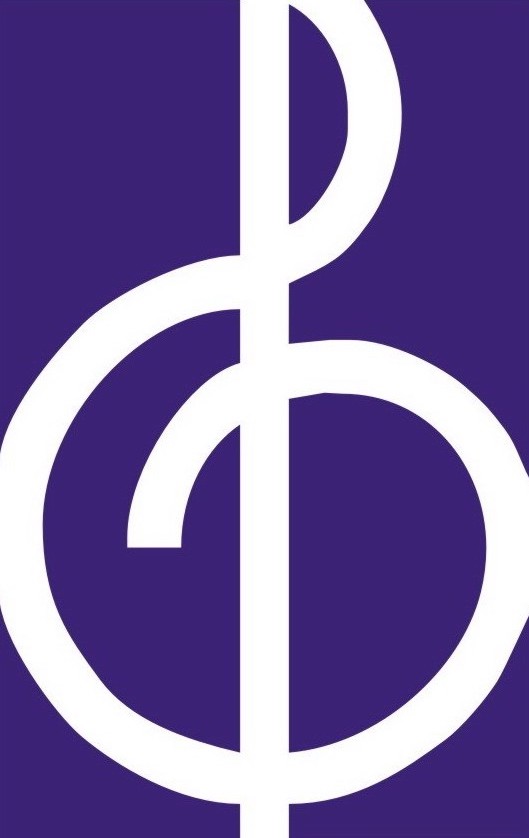Organ Versus Piano in Leading Congregational Song:What They Can Learn from Each OtherBy Wayne L. Wold As with many of you, I began playing the piano before moving to the organ at age 16. The similarities between the two instruments made the transition reasonable; the differences were challenges to be overcome little by little. When I began studying the organ a year later, I realized that I had subconsciously started to use different techniques, mainly to compensate for the lack of a damper pedal. Having a good teacher helped immensely in undoing some of the worst of my bad habits and creating better ones. Once I started to feel that the organ was my primary instrument, I relegated the piano to a lower position, using it largely for teaching music in the choir room and accompanying children when they sang from the front of the church. Part of that neglect was practical: most pianos found in the worship spaces I served were too small to lead large-group singing and often too far away from the organ to use easily. The other part of my piano neglect was stylistic: most of the hymns we sang in those days were either four-part chorales or chant-based hymns, both of which seemed more idiomatic to the organ than the piano. What changed in the ensuing years? Our congregational song repertoire expanded to include songs from non-Western cultures and more popular styles within our own culture. And I began to serve a church where a fine, large piano was located close to the organ console, making it easy to make a quick transition between the two. Now I try to use both piano and organ in each worship service, and I love rediscovering the use of piano to lead congregational singing. This shift has caused me to consider the use of these two instruments in the past and how they continue to be used in worship across various denominations. While I have never served in a congregation where piano and organ were used simultaneously to lead hymns—and I surely am not encouraging others to begin that practice—I have coached organ students who played hymns along with a piano in worship. Contemplating this tradition, I have come up with a theory about why this practice began and have developed some ideas on what we can learn from it. I think the piano provides a necessary rhythmic pulse when an organ is being played non-rhythmically. The organ offers the sustained pitches that longer chords on a piano cannot do. Piano and organ help each other by making the most of what each one does best and compensating for its weaknesses. But how might they borrow techniques from each other to improve leading singing using only one instrument? Consider the following setting of the tune FINLANDIA. Although, as with many hymns, we keyboardists are expected to play from the hymnal, this is really a four-part choral arrangement and a very good one at that. Choir directors might have to remind singers to sustain and grow on those longer notes in the middle of phrases lest they lose energy and the pitch fall, but it is a fine version for choral singing. Keyboardists must be careful to keep the rhythm steady through those long notes and rests between phrases, letting them lose the pulse.
How might we lead this hymn with so many long notes from the piano? The piano "sustains" by movement, by repeating pitches to keep the sound alive, and by reinforcing the rhythm by actively reminding the player and the listener of the pulse. Held notes on the piano cannot do that. So how might we borrow from the organ its ability to sustain longer chords? The following example shows that the longer pitches are "sustained" by added movement. Also, note that the movement comes from the given chord structure, so singing in harmony could still happen with such a treatment. Adding octaves in the bass and treble—much easier on the piano than the organ—also borrows gravity, similar to using the organ's 16' pedal stops. Finally, it adds brightness, similar to manual stops above an 8' pitch.
Conversely, what practices might we borrow from the piano when playing hymns on the organ? Just as the piano cannot sustain pitches over a long time, the organ cannot express rhythm when holding long notes. Every chord that lasts longer than the pulse feels no different from a fermata, giving the singers little help knowing how long to hold it and when to move on. Even though the organist does not need to play repeated notes or arpeggiations to keep the sound alive, we can borrow from the piano the rhythmic benefit of arpeggiations, moving parts, and even repeating pitches. The following example shows how this might play out on the organ, keeping within the harmonic framework of the original choral setting. Note: I use the dotted slur to indicate that the repeated pitches may be tied or broken depending on the room's acoustics, but even if repeated, they should be kept close together to avoid an accent on the second note.
Of course, these examples can be adapted to many other tunes and can be expanded beyond the simple techniques demonstrated here. Finally, I do not want to leave the impression that the organ cannot express rhythm on its own. An all-legato approach is a least-effective way to express rhythm, but all-detached is just as ineffective as all-legato. Combining legato touch with differing degrees and shades of detachment expresses rhythm on the organ; to have stress on the main beats, we must define the absence of stress on the weak beats. Learning about Baroque touch and articulation has helped me not only in playing and teaching Baroque literature but it has also helped my hymn playing. When leading a hymn, we want to play all the right notes, but communicating the right rhythm is even more critical when leading singing. Unfortunately, group singing is a dying art in many secular and sacred settings. Still, as the Body of Christ comes together in communal worship, group singing is also a theological matter and necessary practice for the health of the body—and the Body. So let's keep our people singing and engaged in worship! Wayne L. Wold, DMA, AAGO, is College Organist and Professor Emeritus at Hood College in Frederick, MD, a school with UCC roots; Adjunct Associate Professor of Music and Director of the Church Music Institute at Shenandoah University in Winchester, VA; Director of Music at First Lutheran Church in Ellicott City MD; and a performer, clinician, author, and composer of over 400 published works. We should celebrate it with our people in all its understated wonder and grace. ■
| MUSIC DOWNLOADS By Mary Louise Bringle Tune By McKee Lyrics & Arr. Reverend Cliff Aerie By Tom Trenney By Jean Sibelius By Jean Sibelius Arr. WWL By Jean Sibelius Arr. WLW CROSSES This Celtic wheel cross is a form of Christian cross that emerged in Ireland, France and Great Britain in the Early Middle Ages. It became widespread through its use in the stone high crosses erected across the islands, especially in regions evangelized by Irish missionaries. This cross is not to be confused with a variation that was appropriated for use as a symbol of white supremacy. The symbol is vastly used by non-extremists in contexts such as Christianity, neo-Paganism, and Irish patriotism. |
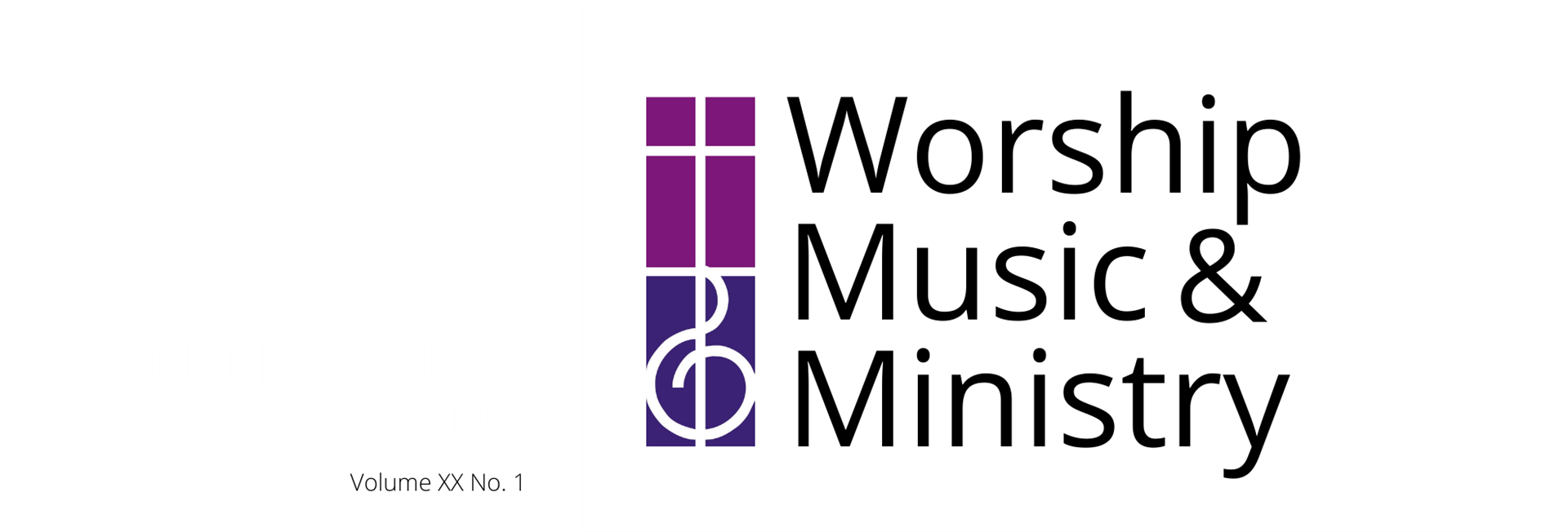

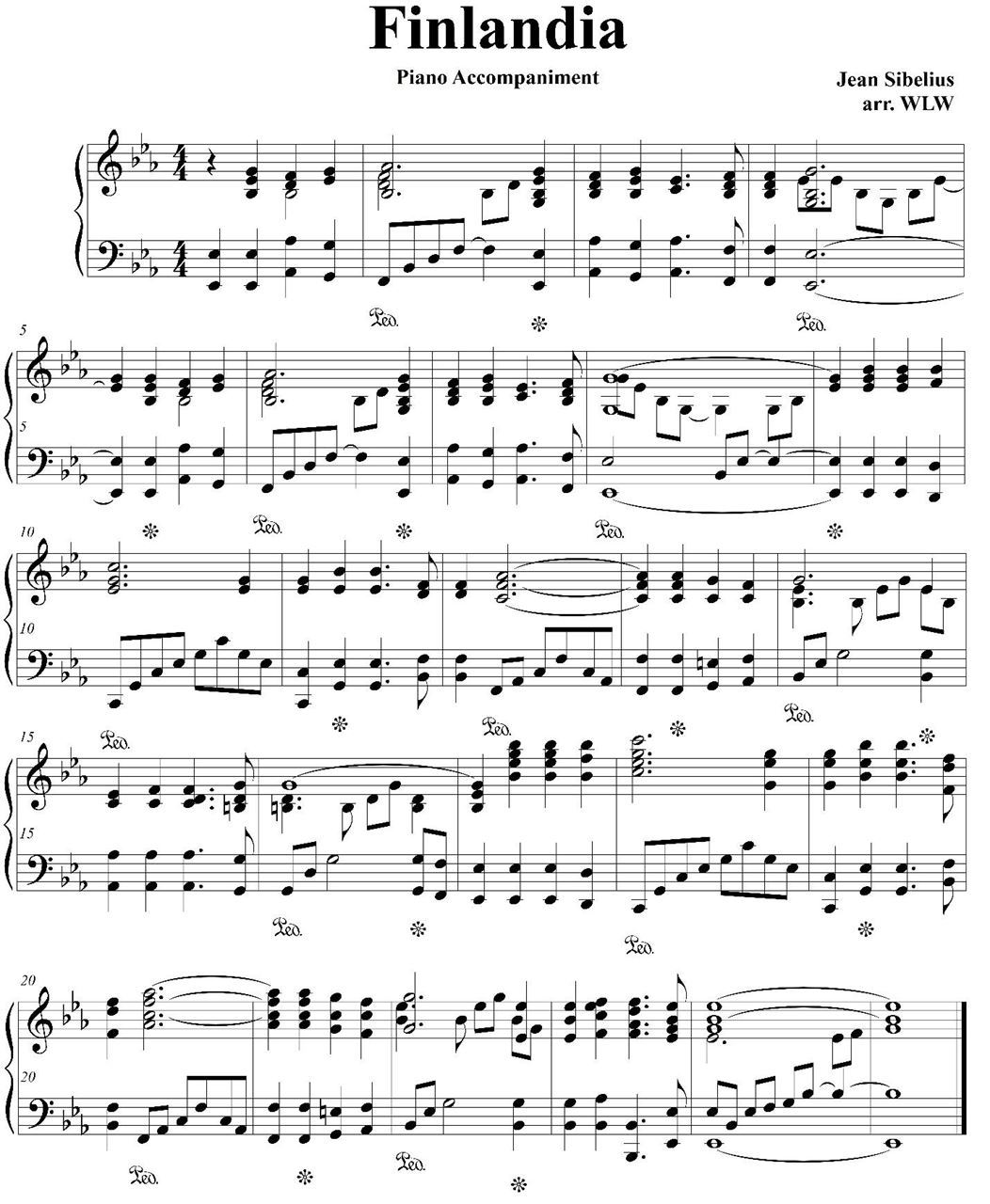
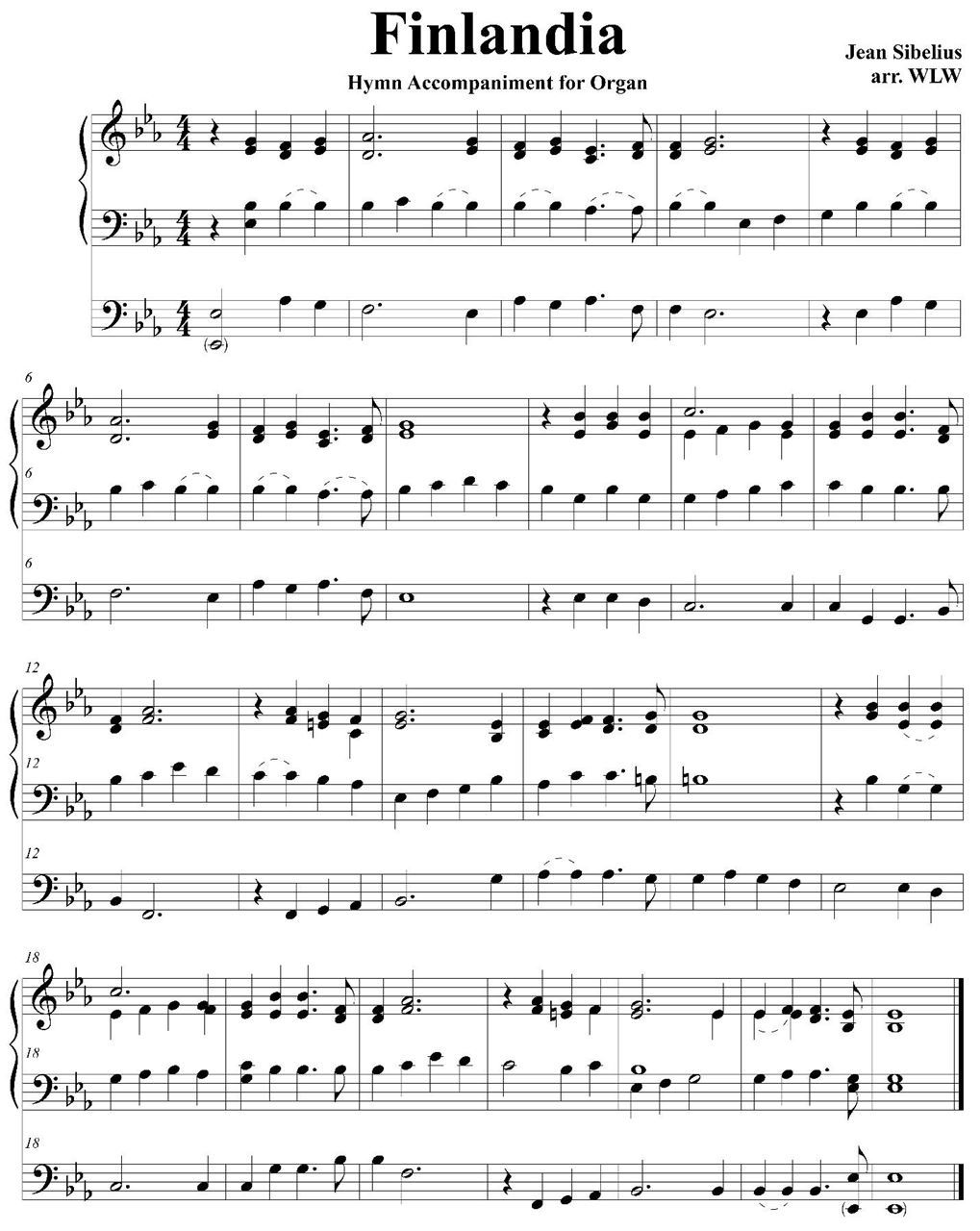
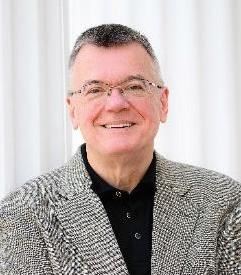 Wayne L. Wold, DMA, AAGO, is College Organist and Professor Emeritus at Hood College in Frederick, MD, a school with UCC roots; Adjunct Associate Professor of Music and Director of the Church Music Institute at Shenandoah University in Winchester, VA; Director of Music at First Lutheran Church in Ellicott City MD; and a performer, clinician, author, and composer of over 400 published works.
Wayne L. Wold, DMA, AAGO, is College Organist and Professor Emeritus at Hood College in Frederick, MD, a school with UCC roots; Adjunct Associate Professor of Music and Director of the Church Music Institute at Shenandoah University in Winchester, VA; Director of Music at First Lutheran Church in Ellicott City MD; and a performer, clinician, author, and composer of over 400 published works..svg.png)

